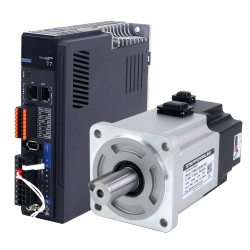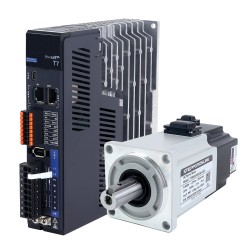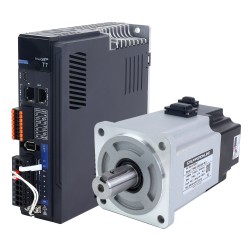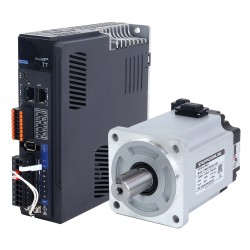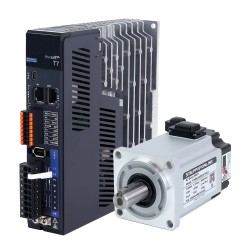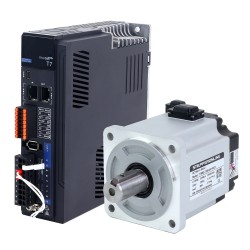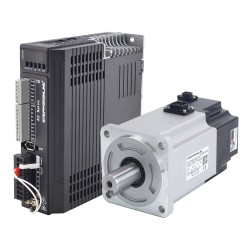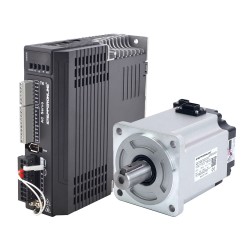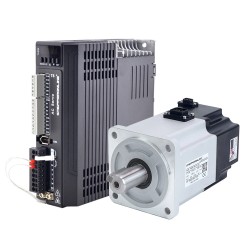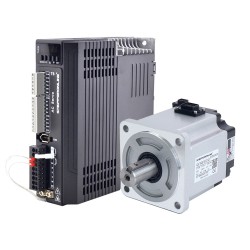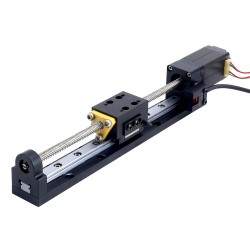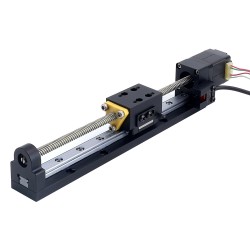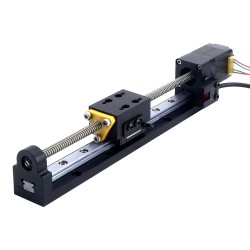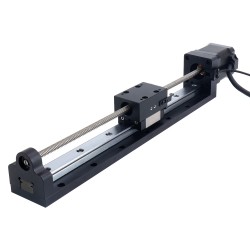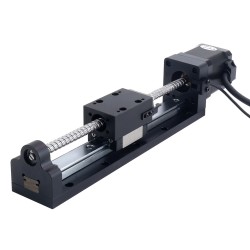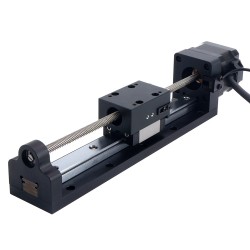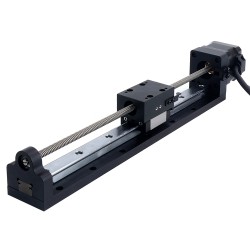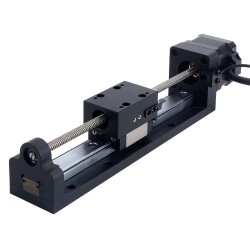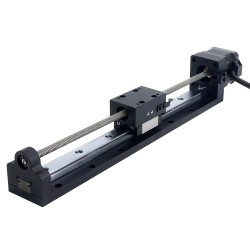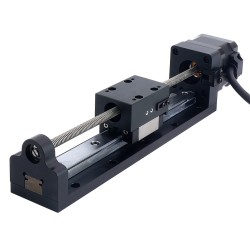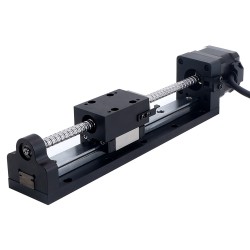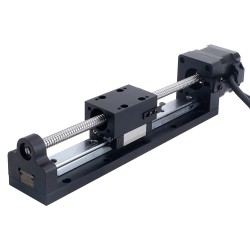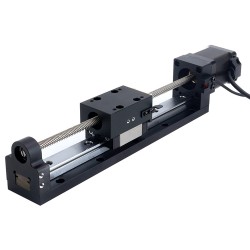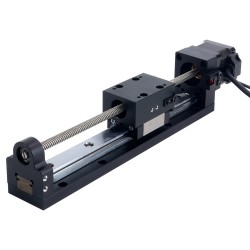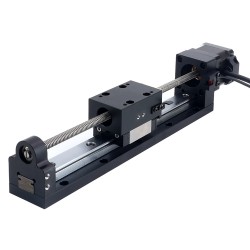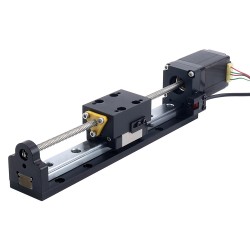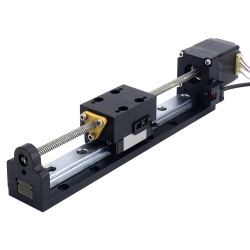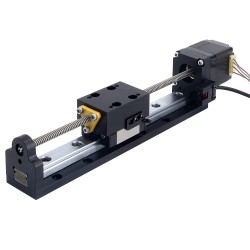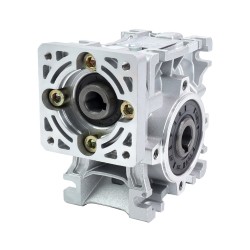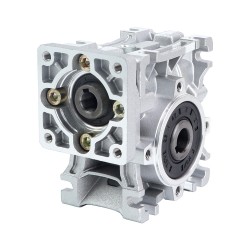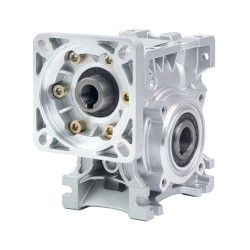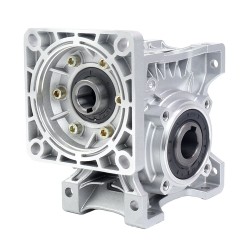A transformer is a device used to transmit electrical power between two parts of a circuit, creating isolation while changing the current and voltage. The transformer is an integral part of most electrical systems. Especially power transformers are used when high efficiency of power transmission is expected. According to the specific application, the equipment can be operated continuously or discontinuously at full load capacity.
Small transformers used in commercial electrical devices can consist of two different core shapes. EI or square shape and toroidal shape. Toroidal (ring, donut shaped core) transformers are electrical components consisting of copper wires wrapped around a cylindrical core. In the past, the EI core shape was more popular. However, toroidal transformers are becoming very dominant in applications requiring low power because of their unique shape and advantages.
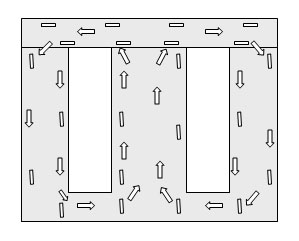
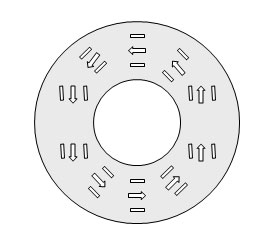
Construction of toroidal transformers
Core: The core of ordinary transformer is made of laminated silicon steel sheets. The core of toroidal transformer is made of winding silicon steel strip. Its role is to form a frequency alternating magnetic flux under the action of the primary coil AC current, through the alternating magnetic flux in the core inducts the electric potential in the secondary coil, forming a low-voltage power supply. The core is the main body to complete the conversion of electrical energy, magnetic energy and electric energy.
Winding: Generally made of insulated flat copper wires or round copper wires wound on the winding die. It contains two groups of primary and secondary (high voltage and low voltage). The role of the primary winding is to introduce the original side of the transformer in part to complete the excitation process, in another part to fill the secondary winding in the electrical energy. The secondary winding is to convert the magnetic energy into electrical energy and transmit it out. The windings are usually connected according to a certain circuit connection method.
Body insulation: This includes primary and secondary insulation, inter-turn insulation, core insulation, and inter-shell insulation. The used materials are cardboard, epoxy resin, various insulating materials, transformer oil and so on. Transformer oil has not only good insulation effect, but also can help transformer heat dissipation to cool the core and coil.
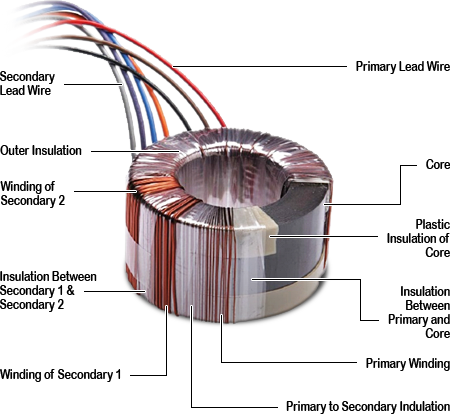
The core of toroidal transformer is made of high quality cold rolled silicon steel sheet (sheet thickness is generally 0.35mm or less) and rolled seamlessly, which makes its core performance better than the traditional core of laminated sheets.The windings of toroidal transformers are evenly wound on the core, and the direction of the magnetic lines generated by the windings coincides almost exactly with the magnetic circuit of the core, which reduces the excitation energy and core loss by 25% compared with the laminated type.
Working principle
Transformers rely on electromagnetic induction. Physicist Michael Faraday discovered electromagnetic induction in 1831 when he found that the strength of an electric current is proportional to the speed of motion of the magnet and the number of turns of the coil.
The transformer takes advantage of this proportional relationship. The working principle of toroidal transformer is the same as that of transformer, both of them work by using the principle of electric-magnetic and magnetic-electric conversion. Here is the circuit shown in the figure below to illustrate the working principle of a transformer. When the AC voltage U1 is sent to both ends of the primary winding L1 of the transformer (the number of turns is N1), the AC current I1 flows through L1, L1 immediately generates a magnetic field, the magnetic induction lines of the magnetic field are coupled to the secondary winding L2 (the number of turns is N2) along a well-conducting core, L2 immediately generates an induced electric potential, at this time L2 is equivalent to a power supply. As L2 is connected to the load R as a closed circuit, L2 has AC current I2 output and flows through the load R. The voltage across R is U2.
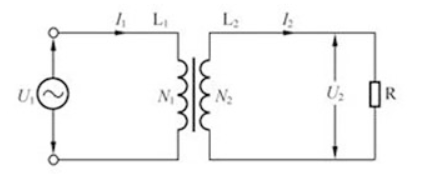
The magnetic fields produce an output voltage as they pass through the secondary winding. The amount of voltage produced depends on the number of coils in the secondary as compared to the primary. It will be halved if the ratio is 2:1, while it will be doubled if the ratio is 1:2.
Advantages of toroidal transformers
1. High efficiency
The unique shape of these transformers lends itself to the use of shorter coils, which results in lower loss levels and, therefore, higher system efficiency. Since toroidal transformers are more efficient than other power transformers, they generate less heat during operation, which translates into lower operating temperatures. This in turn reduces the need for cooling units.
The core has no air gaps, the lamination factor can be as high as 95% or more, the core permeability can be 1.5~1.8T (the laminated core can only take 1.2~1.4T), the electrical efficiency is as high as 95% or more, the no-load current is only 10% of the laminated type.
2. Lower operating temperature
Since the iron loss can be achieved 1.1W/kg, core temperature rise is low when the iron loss is very small, and the heat dissipation of the winding in the lower temperature of the core is good, so the transformer temperature rise is low.
3. More compact size, light weight
All windings of a toroidal transformer are symmetrically distributed over the entire core, which results in very short wire lengths. Since the magnetic flux is oriented in the same direction as the rolling direction of the grain-oriented core, significant volume and weight savings and higher flux density are possible.
Due to the reduced size and weight, toroidal transformers are ideal for compact electrical products. In addition, STEPPERONLINE can design a transformer specifically for the customer's space.
4. Lower stray magnetic field & EMI emission
Toroidal transformer core has no air gap, the winding is evenly wound in the ring-shaped core, which leads to small magnetic leakage and electromagnetic radiation. The primary and secondary windings covering the core act as shields against the generated magnetic field, which protects nearby sensitive electronic equipment from the transformer during operation. Toroidal transformers can be used in high-sensitivity electronic equipment without additional shielding, such as in low-level amplifiers and medical equipment.
Toroidal transformers have a completely negligible impact on the environment and human body, making them a healthy power supply.
5. Smaller vibration noise
The construction of toroidal transformers helps to suppress audible noise. The cores are tightly wound, spot welded, annealed, and coated with epoxy resin or insulated with mylar tape. The even winding of the core leaves no air gaps, so there are no loose sheets to vibrate, which ultimately results in less hum caused by magnetostriction.
6. Dimensional Flexibility
Toroidal transformers offer a high degree of dimensional flexibility compared to conventional laminated transformers. The length, width and height ratios of toroidal transformer cores can be easily changed to design a shape that meets the required dimensions.
7. Easier mounting
Toroidal transformers are easy to install. In most cases, it requires only a single metal centering washer and mounting screws or bolts that make installation quick and easy.
Other popular mounting methods include:
- Resin center potting with brass inserts or through-hole
- Pressure-less mounting plates
- Complete encapsulation in plastic or metal housings
- PCB mounting (through-hole)
- DIN rail mounting
8. Energy saving
Toroidal cores have very low iron losses, typically 1.1 W/kg at 1.7 Tesla and 50 Hz. These low iron losses result in very low magnetizing currents, which leads to low standby energy consumption. The lower no-load losses provide more energy savings in standby.
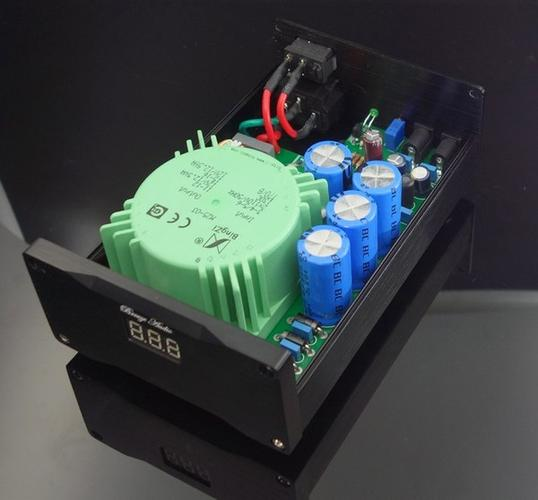
Applications of toroidal transformers
Toroidal transformers are often used in electronic applications as a tool to step down/up voltage. The device can also be used to isolate electronic equipment from stray voltage sources. A variety of transformers exist and so different applications can be accomplished. A brief description of the current applications of various toroidal transformers is as follows:
Stepper motor industry: mainly used for single-phase, multi-phase stepper drivers and AC servo motors.
Machinery industry: mainly biased towards industry, such as control machine tools, CNC machinery, etc.
Audio / visual equipment: mainly used for audio systems, audio amplifiers, etc.
Medical industry: used in medical testing instruments to play the role of safety isolation.
Instrumentation industry: used on various testing instruments and equipment.
Renewable energy industry: used in solar inverters, usually for the role of voltage boost.
Atomization humidification industry: mainly used to regulate air humidity, such as agricultural greenhouse and vegetable planting base.
Electrical control: for example, used for current and voltage transformers. High precision, high stability transformers can be made with the toroidal transformer process.
Automobile industry
Lighting industry
Security equipment
Telecommunication
Aerospace
There are no products to list in this category.






















































